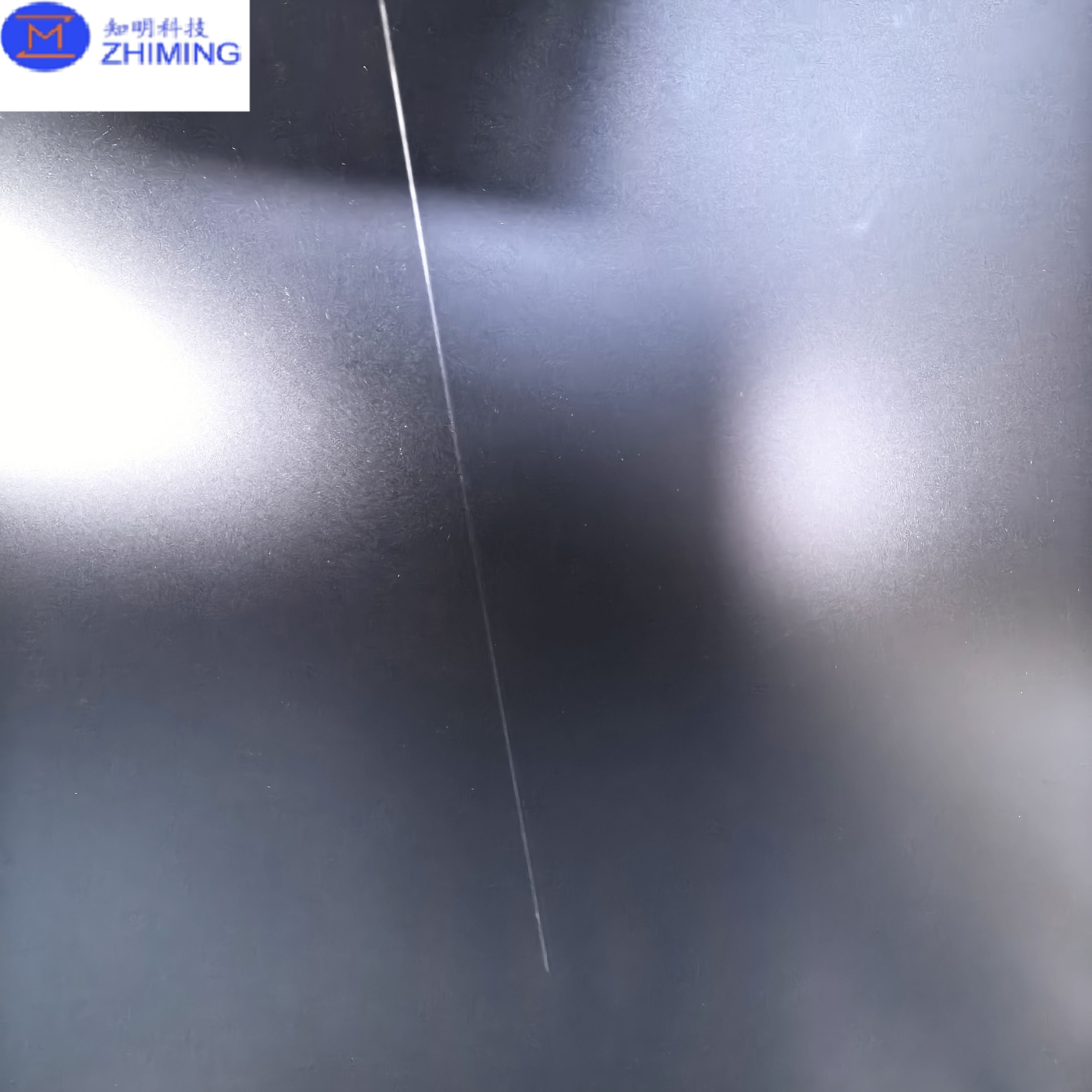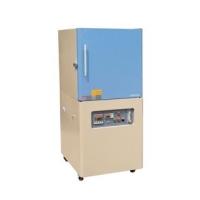Yttrium Aluminum Garnet Optical Fiber Length Standard 1 m, Max 30 m
Transmittance >80% (400-3000 nm)
ABSTRACT
The Yttrium Aluminum Garnet (YAG) optical fiber is a
high-performance material used in a wide range of advanced optical
applications, including telecommunications, laser systems, and
sensor technologies. Known for its exceptional transmission
properties, the YAG optical fiber offers a transmittance greater
than 80% across a broad wavelength range (400-3000 nm). This
versatile fiber is available in lengths from 1 meter to a maximum
of 30 meters, making it adaptable to a variety of systems and
configurations. Its high optical clarity, low attenuation, and
resistance to environmental degradation make it a critical
component for applications requiring precision and reliability in
harsh environments. This fiber is particularly beneficial in fields
such as industrial lasers, medical equipment, fiber optic
communications, and scientific research.

PROPERTIES
The YAG optical fiber is a synthetic fiber composed primarily of
yttrium (Y) and aluminum (Al) oxide, which forms the crystal
lattice structure of the YAG material. This fiber's key properties
include:
High Transmittance: YAG optical fibers offer an impressive transmittance of over 80%
across a wide spectral range (400-3000 nm). This wide transmission
window ensures that the fiber is suitable for a variety of
applications requiring optical clarity over a broad wavelength
range, including UV, visible, and near-infrared light.
Low Attenuation: The fiber exhibits very low optical attenuation, which ensures
minimal loss of light signal over long distances. This makes it
ideal for applications where high-quality signal transmission is
critical, such as in telecommunications or high-precision sensor
systems.
Durability and Stability: YAG fibers are highly resistant to temperature fluctuations,
moisture, and physical stress. This robustness enables them to
perform reliably in harsh environments, such as industrial settings
or aerospace applications.
Diameter and Length Variability: Available in lengths ranging from 1 meter to a maximum of 30
meters, YAG optical fibers offer flexibility for customization
according to specific system requirements. The fiber's diameter can
also be tailored to suit particular applications, whether for
precision medical instruments or large-scale industrial equipment.
High Resistance to Radiation: YAG fibers can withstand exposure to various forms of radiation,
including ultraviolet (UV), infrared (IR), and ionizing radiation.
This property makes them particularly useful in applications
involving nuclear facilities or space exploration, where radiation
resistance is essential.
Mechanical Strength: The fiber maintains high tensile strength, making it capable of
withstanding mechanical stress and strain without breaking. This is
crucial in applications such as fiber-optic sensors, where the
fiber must remain intact even under physical stress.

APPLICATIONS
The YAG optical fiber's unique properties make it suitable for a
wide range of applications across diverse industries. Some of the
most prominent uses include:
Telecommunications: With its superior transmission characteristics, YAG optical fiber
is widely employed in fiber-optic communication systems. Its low
attenuation and broad wavelength range make it suitable for
high-speed data transmission and signal processing in both short-
and long-distance communication networks.
Laser Systems: YAG fibers are a critical component in laser systems,
particularly in medical lasers, fiber lasers, and high-power
industrial lasers. Due to their excellent transmission properties
in the near-infrared and visible ranges, they can guide the intense
light produced by lasers with minimal energy loss.
Medical Applications: In medical equipment, particularly for laser-based surgeries, YAG
optical fibers are used to deliver high-power laser energy with
precision and minimal heat loss. They are also used in endoscopic
procedures where a flexible and highly transmissive optical fiber
is required for guiding light and imaging.
Industrial Sensing: YAG optical fibers are employed in advanced sensing applications,
such as in fiber-optic sensors that monitor temperature, pressure,
or chemical compositions in various industries, including
manufacturing, petrochemical, and aerospace. Their resistance to
extreme temperatures and environmental conditions makes them ideal
for use in hazardous or high-pressure environments.
Scientific Research: YAG fibers are used in research applications that require
high-precision optical systems. Their ability to transmit light
efficiently across a broad spectral range makes them valuable tools
in spectroscopic analysis, optical imaging, and particle detection
systems in physics and materials science research.
Military and Aerospace: Due to their robustness and resistance to radiation, YAG optical
fibers are often found in military and aerospace applications. They
are used in systems such as satellite communications, missile
guidance, and remote sensing, where reliability and performance
under extreme conditions are paramount.
Light Measurement Systems: YAG optical fibers are also employed in light measurement
systems, where their broad transmittance range allows for accurate
spectral analysis. These fibers can be used in systems that measure
light intensity, color, and polarization, such as those used in
environmental monitoring or industrial inspection.

PROFESSIONAL Q&A
Q1: How does the YAG optical fiber compare to other types of
optical fibers in terms of transmittance and performance?
A1: YAG optical fibers generally offer superior performance in terms
of transmittance and stability when compared to standard
silica-based fibers. While silica fibers perform well in the
visible and near-infrared ranges, YAG fibers excel across a broader
spectral range (400-3000 nm) with over 80% transmittance. This
makes YAG fibers more versatile in applications requiring precise
light transmission across a wider spectrum, such as in scientific
instrumentation and medical lasers.
Q2: Can YAG optical fibers be used for high-power laser
applications?
A2: Yes, YAG optical fibers are well-suited for high-power laser
applications. Their ability to handle high intensities of light
with minimal attenuation makes them ideal for fiber lasers and
other high-power optical systems. Additionally, YAG fibers'
mechanical strength and heat resistance ensure that they can
operate reliably under the intense conditions typically associated
with laser systems.
Q3: What are the key advantages of using YAG optical fibers in
medical applications?
A3: The key advantages of YAG optical fibers in medical applications
include their high optical efficiency, precise light delivery, and
durability. YAG fibers are used in laser surgery for their ability
to transmit high-power laser energy to specific tissue areas with
minimal scatter. They are also flexible, allowing for minimally
invasive procedures with greater precision and reduced patient
recovery times.
Q4: Are YAG optical fibers resistant to environmental factors like
temperature fluctuations and moisture?
A4: Yes, YAG optical fibers are highly resistant to environmental
factors, including temperature extremes and moisture. Their
stability in harsh environments makes them suitable for use in
industrial settings, such as chemical plants or remote sensing
applications, where temperature and humidity fluctuations may
otherwise compromise the performance of traditional optical fibers.
Q5: What is the maximum length available for YAG optical fibers,
and how does this affect their application?
A5: YAG optical fibers are available in lengths up to 30 meters, which
allows for flexible configuration in various systems. The extended
length is particularly beneficial for long-distance communication
or distributed sensing systems, as it allows for continuous signal
transmission without the need for excessive signal amplification.
Q6: Can YAG optical fibers be used for space-based applications?
A6: Yes, the radiation resistance and mechanical robustness of YAG
optical fibers make them well-suited for space-based applications.
These fibers are used in satellite communications, space
exploration, and other aerospace technologies where reliable
performance under extreme conditions is critical. Their ability to
withstand radiation exposure ensures that they maintain their
integrity and functionality in space environments.
CONCLUSION
The Yttrium Aluminum Garnet (YAG) optical fiber is an advanced and
versatile material that is widely used in applications demanding
high performance, reliability, and precision. Its high
transmittance, durability, and resistance to environmental
degradation make it an excellent choice for telecommunications,
medical lasers, industrial sensing, and scientific research. As
technology continues to evolve, YAG optical fibers are poised to
remain a crucial component in cutting-edge applications across
various industries.












